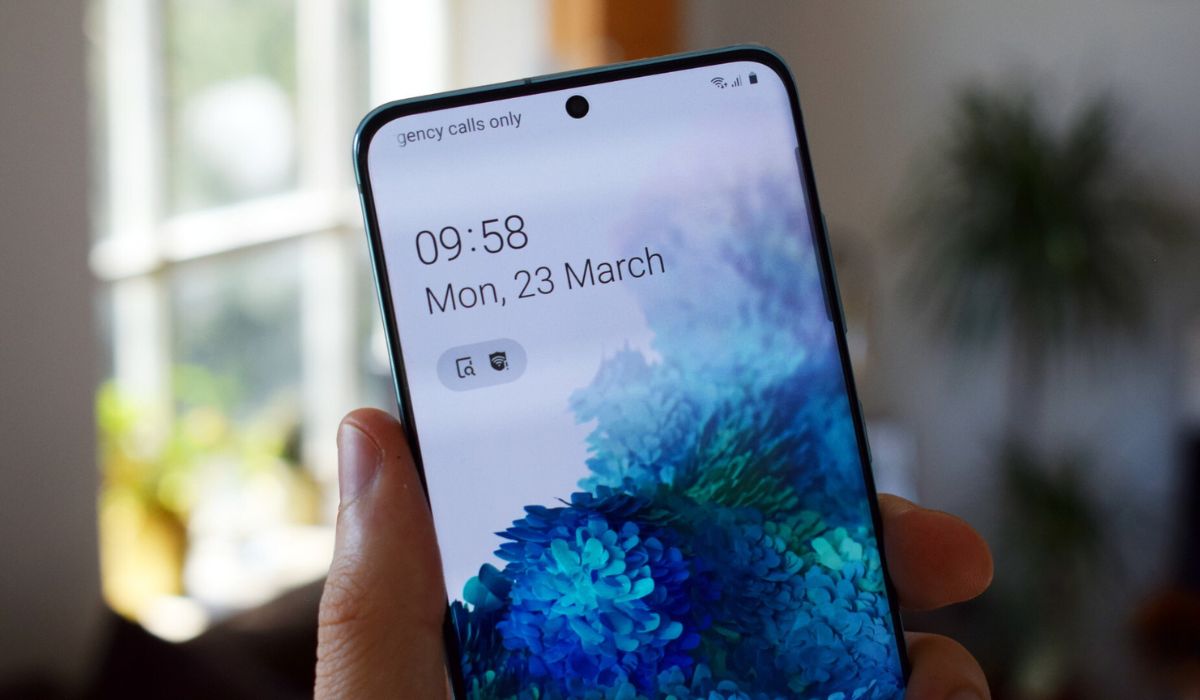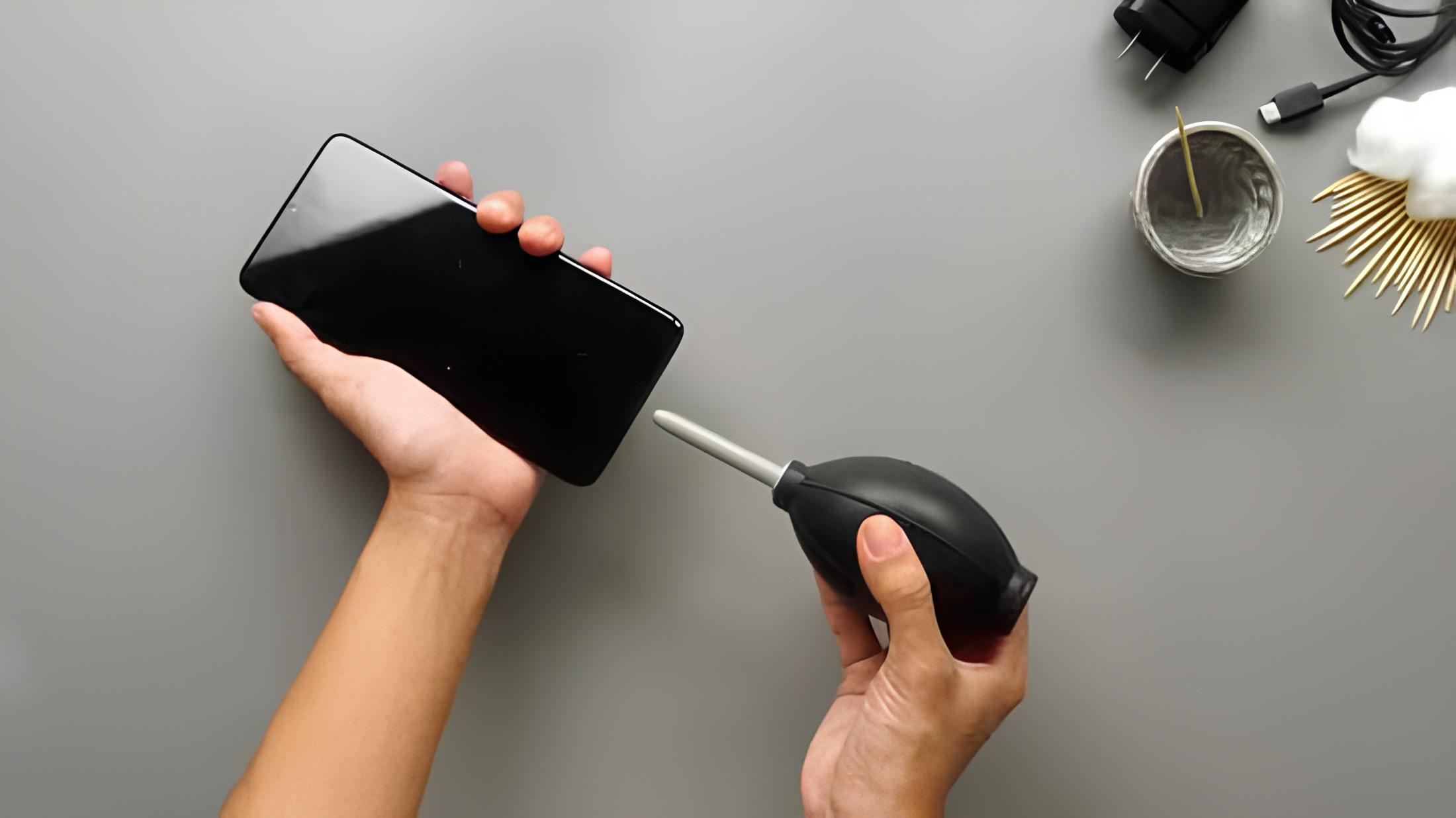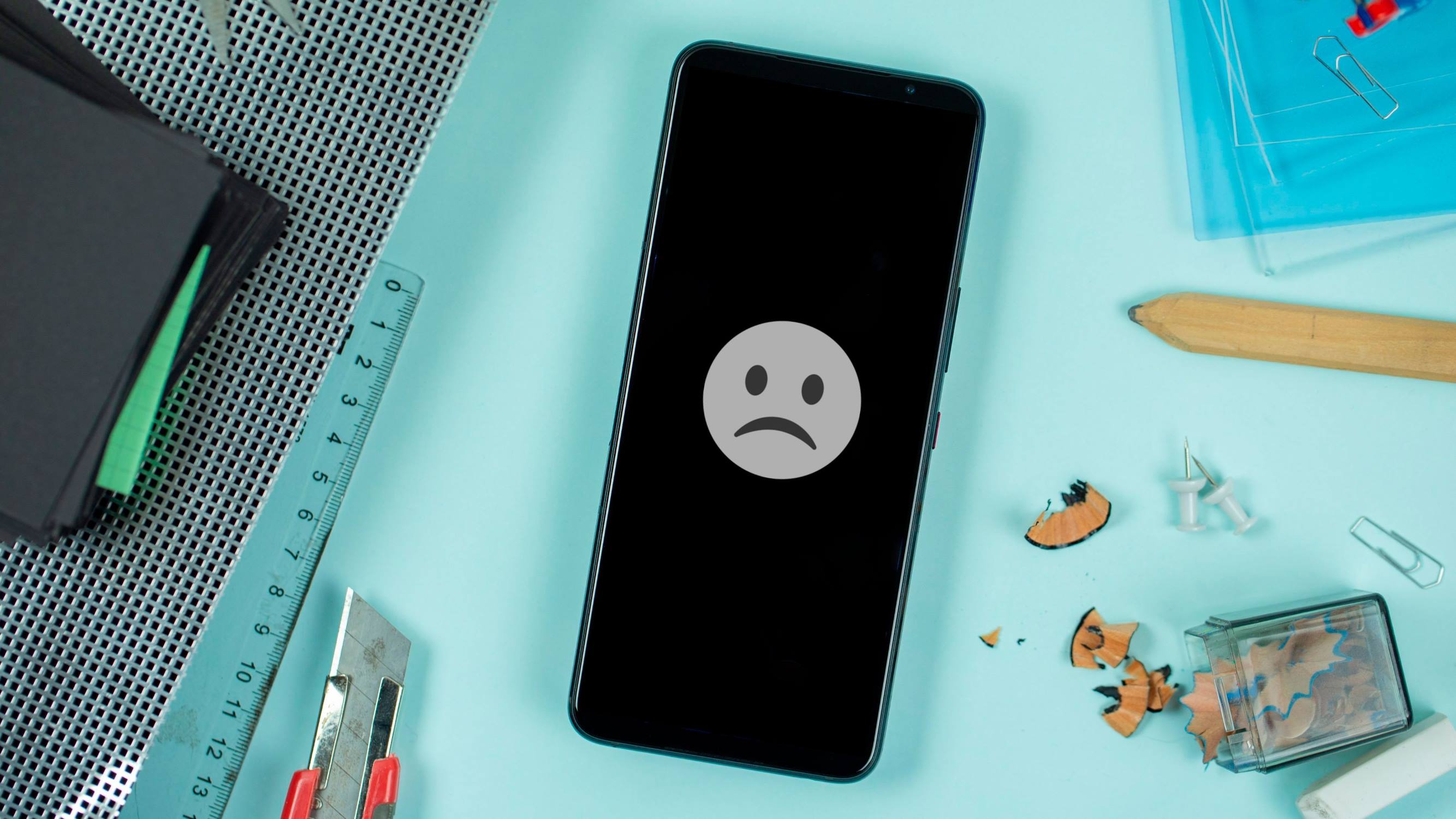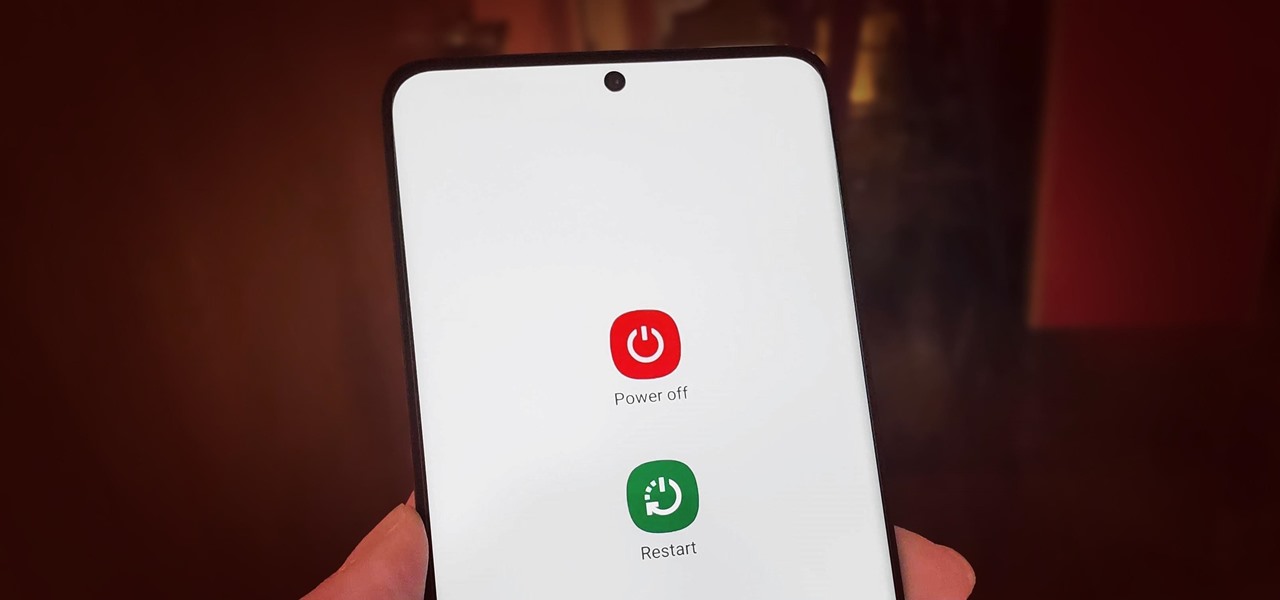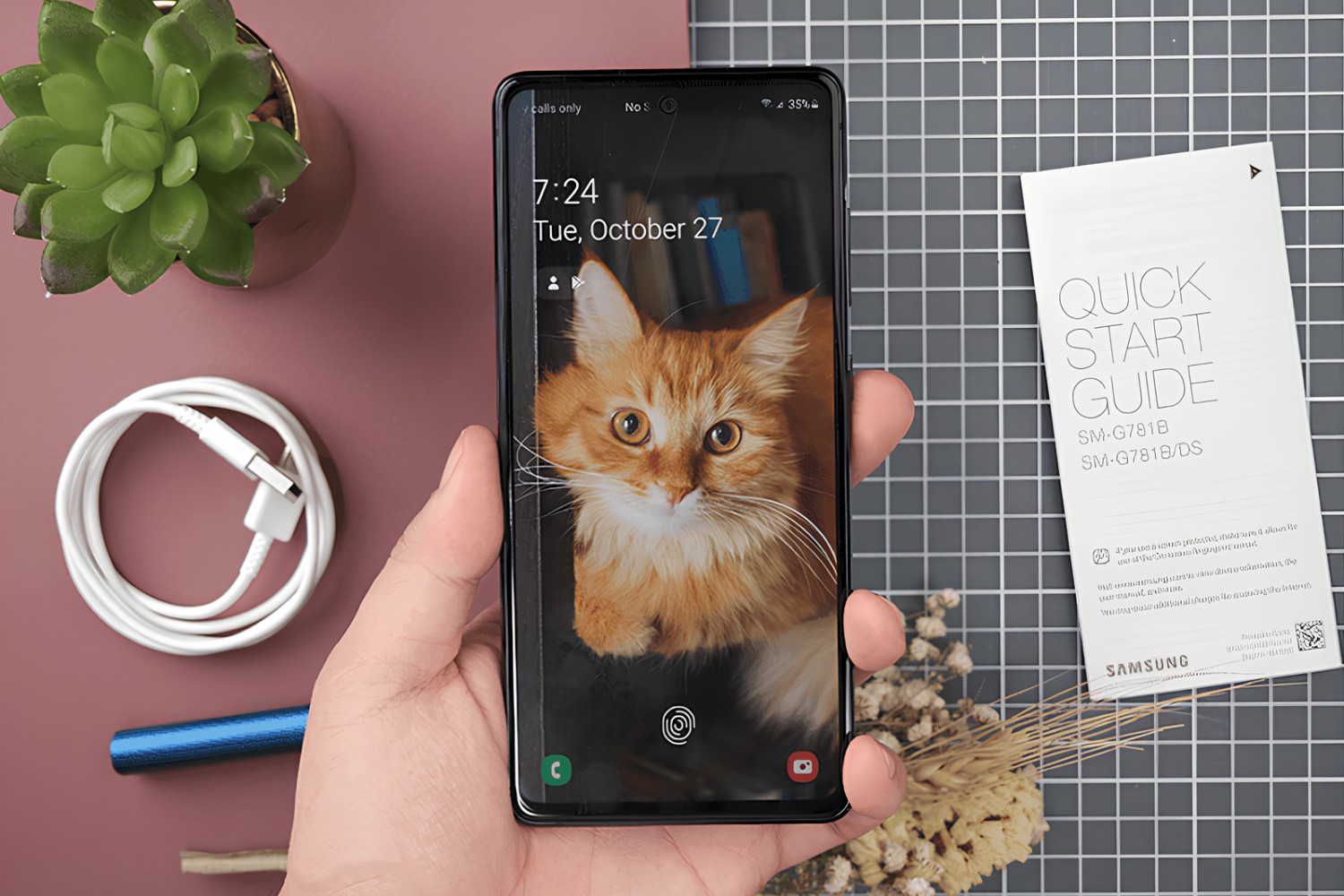Common Causes of Overheating
Mobile devices have become an indispensable part of our daily lives, seamlessly integrating into our routines. However, encountering overheating issues can disrupt the smooth functioning of these devices. Understanding the common causes of overheating is crucial in effectively troubleshooting and preventing such occurrences.
-
Intensive Usage: Engaging in resource-intensive activities such as gaming, video streaming, or prolonged camera usage can significantly strain the device's processor and lead to overheating.
-
External Factors: Exposure to high ambient temperatures, direct sunlight, or operating the device in a confined space can elevate its temperature, causing overheating.
-
Faulty Apps: Certain apps may malfunction, consuming excessive system resources and generating heat. Identifying and addressing these problematic apps is essential in mitigating overheating issues.
-
Charging While in Use: Simultaneously charging the device and using it for demanding tasks can generate excess heat, potentially leading to overheating.
-
Hardware Issues: Malfunctions in the device's hardware components, such as the battery or processor, can contribute to overheating problems.
Understanding these common causes of overheating empowers users to take proactive measures in preventing and resolving such issues, ensuring a seamless and uninterrupted mobile experience.
Checking for Software Updates
Regularly checking for software updates is a fundamental aspect of maintaining the optimal performance and temperature regulation of your Samsung S20. Software updates often include bug fixes, performance enhancements, and crucial optimizations that can directly impact the device's thermal management. Here's a detailed look at the importance of checking for software updates and the steps to ensure your device is running the latest software version.
Importance of Software Updates
Software updates play a pivotal role in addressing underlying issues that may contribute to overheating. Manufacturers continuously refine and optimize the device's operating system to enhance its efficiency and stability. By installing the latest updates, you can benefit from improved thermal management algorithms, refined power distribution, and enhanced resource allocation, all of which contribute to mitigating overheating concerns.
Steps to Check for Software Updates
-
Accessing the Settings: Begin by accessing the "Settings" app on your Samsung S20. This can typically be found in the app drawer or by swiping down from the top of the screen and tapping the gear icon.
-
Navigating to Software Update: Scroll down and select "Software update" from the list of available options. This will direct you to the software update settings.
-
Checking for Updates: Tap on "Download and install" to initiate the process of checking for available updates. The device will then connect to the update server to determine if a new software version is available.
-
Installing Updates: If an update is available, follow the on-screen prompts to download and install the update. Ensure that your device is connected to a stable Wi-Fi network and has sufficient battery charge to complete the installation process.
-
Rebooting the Device: Once the update is installed, the device may prompt you to reboot. It is essential to restart the device to apply the update and ensure that the latest software version is fully integrated.
By routinely checking for software updates and promptly installing them, you can harness the latest optimizations and enhancements, thereby contributing to the efficient thermal management of your Samsung S20. This proactive approach not only addresses potential overheating issues but also ensures that your device operates at its best, delivering a seamless and enjoyable user experience.
Managing Background Apps
Efficiently managing background apps is a pivotal aspect of optimizing the performance and temperature regulation of your Samsung S20. Background apps, also known as multitasking or running apps, continue to operate behind the scenes even when not actively in use. While this functionality enhances the user experience by enabling quick app switching and multitasking, it can also exert a significant impact on the device's resources and contribute to overheating if not managed effectively.
Importance of Managing Background Apps
Background apps consume system resources, including CPU, memory, and battery, as they continue to run in the background. When numerous apps are actively running, the device's processor may be under constant load, leading to increased heat generation. By managing background apps, users can effectively mitigate excessive resource consumption, optimize system performance, and contribute to maintaining the device's temperature within optimal ranges.
Steps to Manage Background Apps
1. Accessing the Recent Apps Menu
Begin by accessing the Recent Apps menu on your Samsung S20. This can typically be achieved by swiping up from the bottom of the screen or using the dedicated Recent Apps button, depending on the device's configuration.
2. Reviewing Active Apps
Navigate through the list of active apps displayed in the Recent Apps menu. Identify apps that are running in the background and assess their resource consumption.
3. Closing Background Apps
To close a background app, swipe the app window horizontally or vertically, or utilize the "Close All" option if available. This action effectively terminates the app's background processes and releases the associated system resources.
4. Utilizing Device Maintenance Features
Samsung devices often include built-in device maintenance features that facilitate the management of background apps. Access the device maintenance settings to utilize features such as "Optimize Now" or "Auto Optimization" to streamline background app management and enhance system performance.
By proactively managing background apps, users can optimize system resources, reduce unnecessary heat generation, and contribute to a more balanced and efficient operation of their Samsung S20. This approach not only aids in preventing overheating issues but also ensures a smoother and more responsive user experience.
Adjusting Display Settings
Adjusting the display settings of your Samsung S20 can significantly contribute to the effective management of the device's temperature and overall performance. The display is a prominent component of any mobile device, and its settings play a crucial role in influencing power consumption and heat generation. By optimizing the display settings, users can strike a balance between visual quality and energy efficiency, thereby positively impacting the device's thermal behavior.
Importance of Display Settings Adjustment
The display of a mobile device is a primary consumer of power and can contribute to heat generation, especially when operating at high brightness levels or utilizing advanced display features. By adjusting the display settings, users can tailor the device's visual output to meet their preferences while simultaneously reducing power consumption and mitigating heat generation. This proactive approach not only enhances the device's thermal management but also extends battery life, contributing to an overall improved user experience.
Steps to Adjust Display Settings
-
Accessing the Display Settings: Begin by accessing the device's settings menu and navigating to the "Display" or "Screen" settings. This can typically be achieved by tapping on the "Settings" app icon and selecting the appropriate display-related option.
-
Brightness Adjustment: Within the display settings, locate the brightness adjustment controls. Users can manually adjust the brightness slider to reduce the display's brightness level, particularly in environments with adequate ambient lighting. Additionally, enabling the device's adaptive brightness feature allows the device to automatically adjust the screen brightness based on ambient light conditions, further optimizing power consumption.
-
Screen Timeout Settings: Adjust the screen timeout duration to specify the period of inactivity after which the display automatically turns off. Setting a shorter screen timeout duration conserves power by minimizing unnecessary display operation, subsequently reducing heat generation.
-
Resolution and Refresh Rate: Some devices offer the flexibility to adjust the screen resolution and refresh rate. Lowering the screen resolution and refresh rate can contribute to reduced power consumption and heat generation, especially during less demanding usage scenarios.
-
Dark Mode Activation: Enabling dark mode or night mode can significantly reduce power consumption, particularly on devices with OLED or AMOLED displays. Dark mode utilizes predominantly black backgrounds, requiring less power to illuminate pixels and thereby contributing to reduced heat generation.
By meticulously adjusting the display settings of the Samsung S20, users can effectively optimize power consumption, reduce heat generation, and contribute to a more balanced and efficient operation of the device. This proactive approach not only aids in preventing overheating issues but also ensures a visually pleasing and energy-efficient user experience.
Clearing Cache Partition
Clearing the cache partition of your Samsung S20 is a valuable troubleshooting step that can positively impact the device's performance, including its thermal behavior. The cache partition stores temporary system data and app-related files, aiming to facilitate quicker access to frequently used information and enhance overall system efficiency. However, over time, the accumulation of outdated or corrupted cache data can potentially impact the device's operation, leading to performance issues and, in some cases, contributing to overheating concerns.
Performing a cache partition wipe effectively clears out this accumulated cache data, providing a fresh start for the device's system and app operations. This process does not delete personal data or settings, making it a safe and non-intrusive method to address potential performance and overheating issues.
Importance of Clearing Cache Partition
Clearing the cache partition serves as a proactive maintenance measure, aiming to address underlying performance issues and optimize the device's resource utilization. By eliminating outdated or corrupted cache data, users can potentially resolve system glitches, app-related issues, and contribute to a more efficient thermal management process. This approach aids in streamlining the device's operation, potentially reducing unnecessary heat generation and promoting a more balanced and responsive user experience.
Steps to Clear Cache Partition
-
Accessing Recovery Mode: Begin by turning off the device. Subsequently, press and hold the volume up button and the power button simultaneously until the device's logo appears. Release the power button while continuing to hold the volume up button until the Android system recovery menu is displayed.
-
Navigating to Wipe Cache Partition: Use the volume down button to navigate through the options in the recovery menu and select "Wipe cache partition" using the power button. Confirm the selection by pressing the power button.
-
Initiating Cache Partition Wipe: Once "Wipe cache partition" is selected, the device will begin the process of clearing the cache partition. This operation may take a few minutes to complete, after which the device will return to the recovery menu.
-
Rebooting the Device: With "Reboot system now" highlighted, press the power button to initiate the device's reboot. The cache partition wipe process is now complete, and the device will restart with a refreshed cache partition.
By routinely performing a cache partition wipe, users can effectively address potential performance issues, optimize thermal management, and contribute to a more balanced and efficient operation of their Samsung S20. This proactive approach aids in preventing overheating concerns and ensures a smoother and more responsive user experience.
Monitoring Battery Usage
Monitoring the battery usage of your Samsung S20 is a critical aspect of maintaining optimal device performance and mitigating potential overheating issues. The battery serves as a primary power source for the device, and its efficient utilization directly impacts the overall thermal management and operational stability. By actively monitoring battery usage and identifying potential anomalies, users can proactively address underlying issues, optimize power consumption, and contribute to a more balanced and efficient device operation.
Importance of Monitoring Battery Usage
Effective monitoring of battery usage provides valuable insights into the device's power consumption patterns, app-specific energy utilization, and overall battery health. By understanding how the device utilizes its power source, users can identify power-hungry apps, abnormal battery drain scenarios, and potential inefficiencies that may contribute to heat generation. This proactive approach enables users to take corrective actions, optimize power management settings, and maintain the device's temperature within optimal ranges.
Steps to Monitor Battery Usage
1. Accessing Battery Usage Statistics
Begin by accessing the device's settings menu and navigating to the "Battery" or "Device Care" settings. Within the battery settings, users can access detailed battery usage statistics, including app-specific power consumption, battery usage history, and estimated remaining battery life.
2. Reviewing App-Specific Power Consumption
Within the battery usage statistics, review the power consumption attributed to individual apps. Identify apps that exhibit unusually high power consumption or frequent background activity, as these factors can contribute to excessive heat generation and battery drain.
3. Utilizing Battery Optimization Features
Many devices offer built-in battery optimization features that analyze app behavior and power consumption patterns. Utilize these features to identify and address power-hungry apps, restrict background activity, and optimize power usage for enhanced thermal management.
4. Monitoring Battery Drain Patterns
Observe the device's battery drain patterns during different usage scenarios, such as standby, screen-on time, and app usage. Sudden spikes in battery drain or prolonged high power consumption may indicate underlying issues that require attention.
5. Addressing Abnormal Battery Drain
If abnormal battery drain is identified, investigate potential causes such as malfunctioning apps, system glitches, or excessive background activity. Taking corrective actions, such as updating apps, clearing app caches, or restarting the device, can help address these issues and contribute to improved thermal management.
By actively monitoring battery usage and taking proactive measures to optimize power consumption, users can effectively contribute to the efficient thermal management of their Samsung S20. This approach aids in preventing overheating concerns, prolonging battery life, and ensuring a more balanced and responsive user experience.
Using Power Saving Mode
Engaging the power saving mode on your Samsung S20 is a strategic approach to optimizing the device's energy consumption and thermal management. This feature is designed to intelligently regulate various system settings, app behaviors, and hardware performance to minimize power usage and extend battery life. By activating the power saving mode, users can effectively mitigate excessive heat generation, prolong battery endurance, and ensure a more sustainable and efficient operation of their device.
Importance of Power Saving Mode
The power saving mode serves as a proactive mechanism to address potential overheating concerns and enhance the device's overall thermal management. By intelligently adjusting system parameters such as CPU performance, screen brightness, background app activity, and connectivity settings, the power saving mode aims to strike a balance between energy efficiency and user experience. This approach not only contributes to reduced heat generation but also extends the device's operational longevity, particularly during prolonged usage periods or in demanding environmental conditions.
Activating Power Saving Mode
Activating the power saving mode on the Samsung S20 is a straightforward process that empowers users to proactively manage power consumption and thermal behavior. The following steps outline the activation of the power saving mode:
-
Accessing Power Saving Settings: Begin by accessing the device's settings menu and navigating to the "Battery" or "Device Care" settings. Within these settings, locate and select the "Power mode" or "Power saving mode" option.
-
Selecting Power Saving Level: Depending on the device's configuration, users may have the option to choose from different power saving levels, each offering varying degrees of energy conservation. Select the desired power saving level based on the specific energy-saving requirements and usage scenarios.
-
Customizing Power Saving Options: Some devices provide the flexibility to customize power saving options, allowing users to selectively enable or disable certain power-saving features such as CPU performance restrictions, background app limitations, and screen brightness adjustments.
-
Activating Power Saving Mode: Once the power saving level and options are configured, activate the power saving mode to initiate the intelligent adjustment of system settings and resource allocation, thereby optimizing power consumption and thermal management.
Maximizing Thermal Efficiency
By leveraging the power saving mode, users can effectively maximize the thermal efficiency of their Samsung S20, particularly during extended usage periods or in situations where heat dissipation is critical. The intelligent management of system resources, coupled with optimized power consumption, ensures a more balanced and sustainable thermal profile for the device. This proactive approach not only minimizes the risk of overheating but also contributes to a more consistent and responsive user experience, even in challenging environmental conditions.
In essence, the power saving mode serves as a valuable tool for users to actively manage power consumption, extend battery life, and optimize thermal management, thereby ensuring a more sustainable and efficient operation of their Samsung S20. By embracing this feature, users can proactively address potential overheating concerns and enhance the overall longevity and performance of their device.
Removing Case or Cover
Removing the case or cover of your Samsung S20 can significantly impact the device's thermal behavior and overall operational stability. While protective cases and covers serve as essential safeguards, particularly in shielding the device from physical damage and external impacts, they can also inadvertently contribute to heat retention and hinder effective heat dissipation. Understanding the implications of removing the case or cover, especially during demanding usage scenarios, is crucial in optimizing the device's thermal management.
Importance of Removing Case or Cover
The protective cases and covers designed for mobile devices often prioritize durability and impact resistance, which can inadvertently impede heat dissipation. During prolonged usage periods or resource-intensive activities, the device may generate heat, and the presence of a protective case or cover can restrict the natural dissipation of this heat. As a result, the device's temperature may elevate, potentially leading to thermal throttling and performance limitations. By removing the case or cover, users can facilitate improved heat dissipation, allowing the device to operate within optimal temperature ranges and maintain consistent performance levels.
Impact on Heat Dissipation
The design of protective cases and covers, while offering valuable protection, can create a thermal barrier that hinders the efficient dissipation of heat generated by the device. This is particularly relevant during activities such as gaming, video streaming, or prolonged camera usage, where the device's processor and other components may operate at heightened levels, leading to increased heat production. By removing the case or cover, the device is exposed to improved airflow and thermal exchange, enabling the dissipation of excess heat and contributing to a more balanced thermal profile.
Considerations for Removal
When considering the removal of the case or cover, users should prioritize the immediate thermal requirements of the device. Engaging in resource-intensive tasks or operating the device in environments with elevated ambient temperatures warrants the removal of the protective casing to facilitate efficient heat dissipation. Additionally, users should exercise caution and ensure a safe and stable environment when using the device without its protective cover to prevent potential physical damage.
Proactive Thermal Management
By proactively removing the case or cover during demanding usage scenarios, users can effectively contribute to the device's thermal management, ensuring that it operates within optimal temperature thresholds. This approach not only minimizes the risk of thermal throttling and performance limitations but also promotes a more consistent and responsive user experience. It is essential to strike a balance between device protection and thermal optimization, ensuring that the device can deliver its full potential without being hindered by heat retention.
In essence, the strategic removal of the protective case or cover serves as a valuable tool for users to optimize the thermal behavior of their Samsung S20, particularly during demanding usage scenarios. By embracing this approach, users can actively manage heat dissipation, prevent overheating concerns, and ensure a more sustainable and efficient operation of their device.
Resetting Device Settings
Resetting the device settings on your Samsung S20 can serve as a powerful troubleshooting tool, offering a comprehensive approach to addressing underlying performance issues, software glitches, and potential thermal irregularities. This process involves reverting various system settings to their default configurations, effectively eliminating any inconsistencies or misconfigurations that may impact the device's operational stability and thermal management.
The importance of resetting device settings lies in its ability to provide a fresh start for the device's system and app configurations. Over time, the accumulation of conflicting settings, app-specific anomalies, or unintended adjustments can lead to performance degradation and, in some cases, contribute to overheating concerns. By initiating a reset of the device settings, users can effectively realign the system's parameters, optimize resource allocation, and address potential factors that may impact thermal behavior.
The steps to perform a reset of the device settings typically involve accessing the device's settings menu and navigating to the "General Management" or "System" settings. Within these settings, users can locate the "Reset" or "Reset options" section, which provides the option to reset various aspects of the device, including network settings, app preferences, and system settings. It is essential to carefully review the available reset options and select the appropriate reset type based on the specific troubleshooting requirements.
Upon initiating the reset of device settings, the device undergoes a comprehensive reconfiguration process, reverting various parameters to their default states. This includes network settings, app permissions, system preferences, and other configurable elements. It is important to note that performing a reset of device settings does not impact personal data, such as photos, videos, or documents, ensuring that user content remains intact throughout the process.
By proactively resetting the device settings, users can effectively address potential software-related issues, optimize system stability, and contribute to a more balanced and efficient thermal management process. This approach aids in preventing overheating concerns by eliminating potential software irregularities that may impact the device's performance. Additionally, it provides a proactive mechanism to ensure that the device operates within optimal temperature thresholds, delivering a consistent and responsive user experience.
In essence, the strategic reset of device settings serves as a valuable troubleshooting and optimization tool for users seeking to address potential performance issues and enhance the thermal behavior of their Samsung S20. By embracing this approach, users can proactively realign the device's configurations, ensuring a more sustainable and efficient operation without being hindered by software-related inconsistencies.









